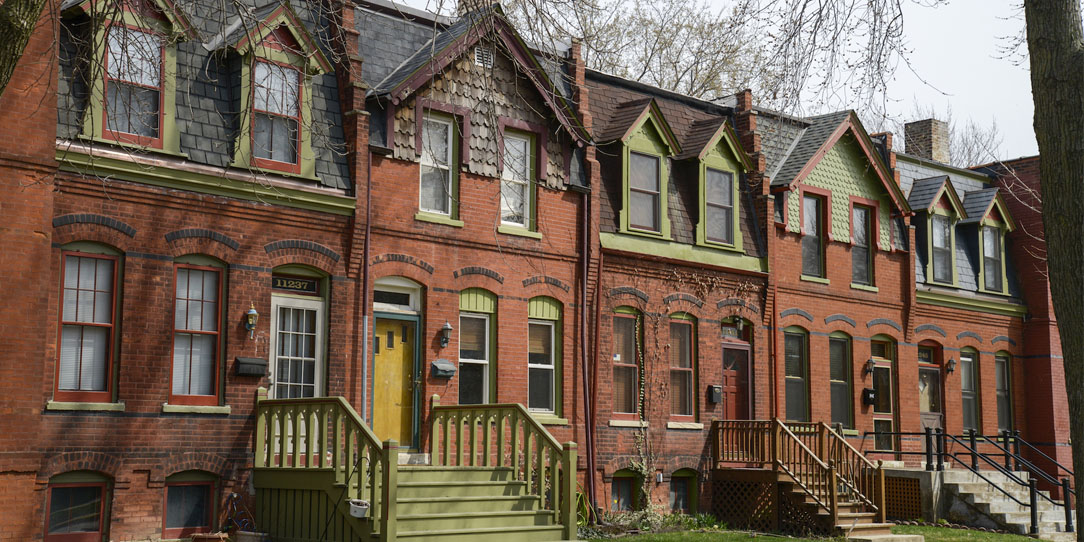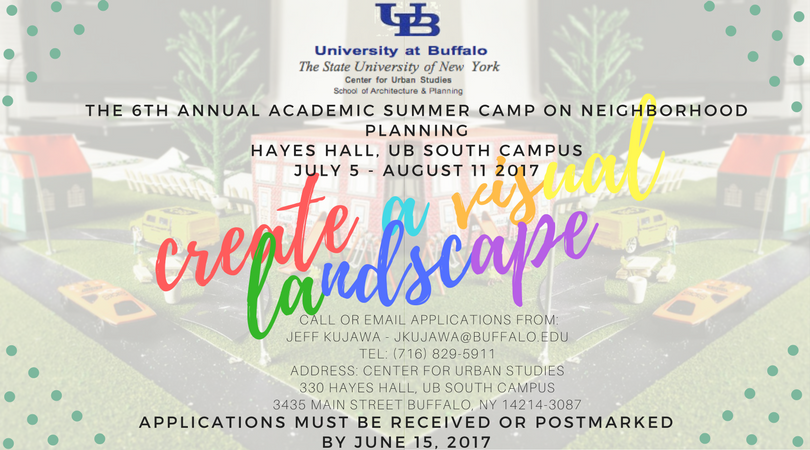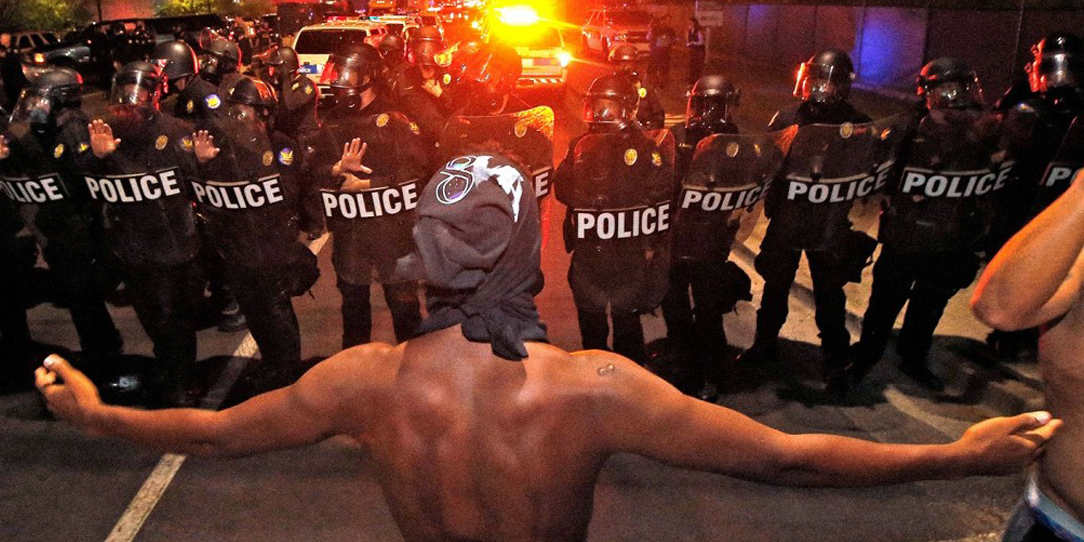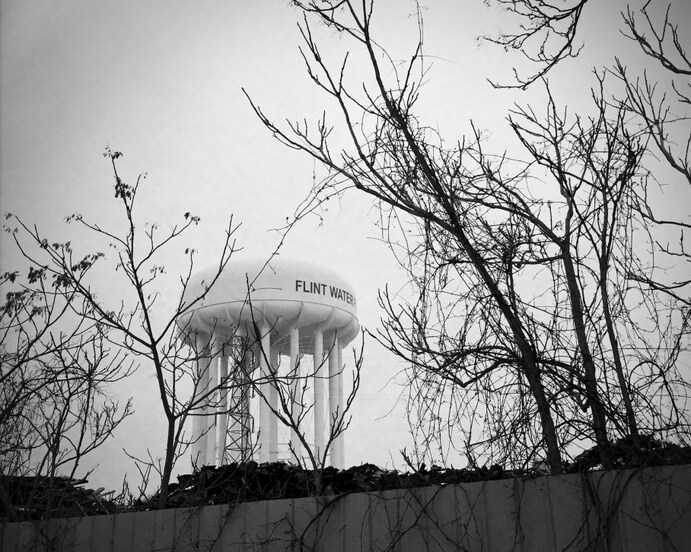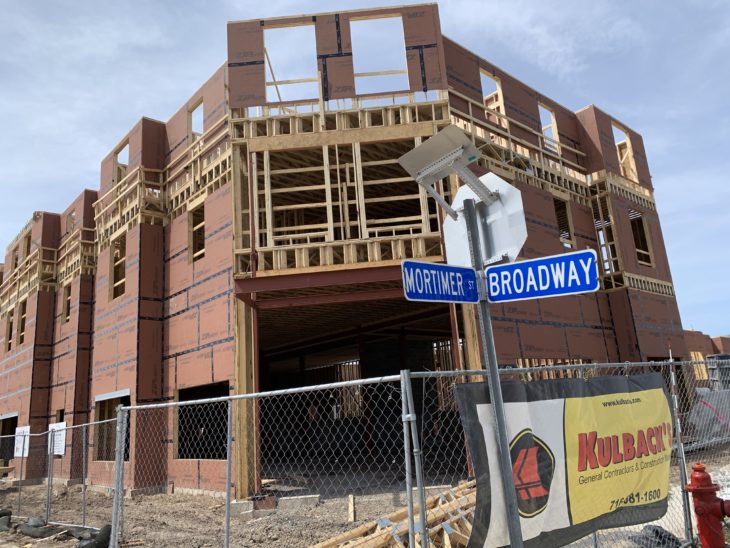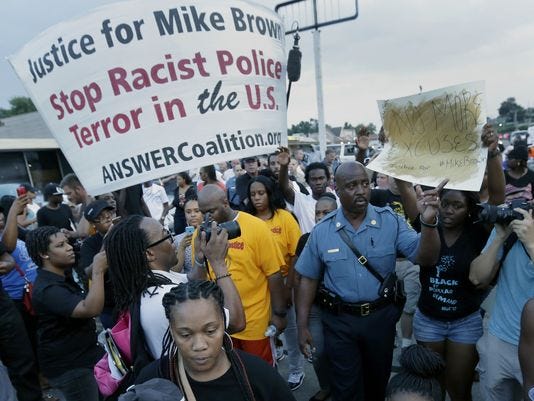Housing and Neighborhood Development
By Henry Louis Taylor Jr.
“Neighborhoods matter in the quest to mitigate the harmful effects of poverty and low-incomes on the lives of Erie County residents. An abundant literature argues that neighborhood contexts are, in themselves, important determinants of the life chances and outcomes of people’s lives. The individual, the neighborhood, and the institutions, found inside and outside the community, interact to influence the socioeconomic wellbeing of its residents.”

